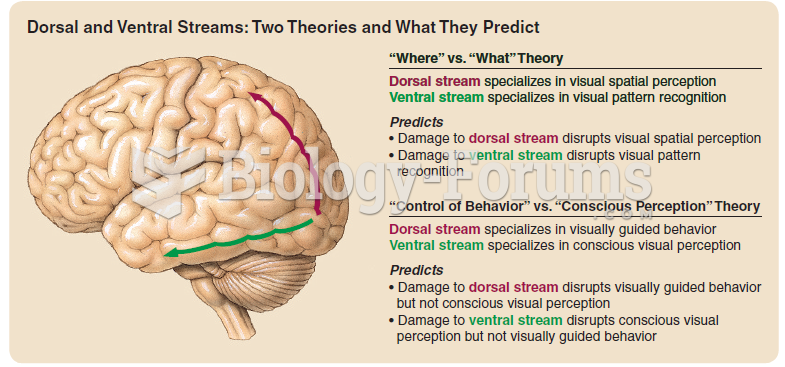|
|
|
Human stomach acid is strong enough to dissolve small pieces of metal such as razor blades or staples.
Cutaneous mucormycosis is a rare fungal infection that has been fatal in at least 29% of cases, and in as many as 83% of cases, depending on the patient's health prior to infection. It has occurred often after natural disasters such as tornados, and early treatment is essential.
Cancer has been around as long as humankind, but only in the second half of the twentieth century did the number of cancer cases explode.
Most childhood vaccines are 90–99% effective in preventing disease. Side effects are rarely serious.
Medications that are definitely not safe to take when breastfeeding include radioactive drugs, antimetabolites, some cancer (chemotherapy) agents, bromocriptine, ergotamine, methotrexate, and cyclosporine.







